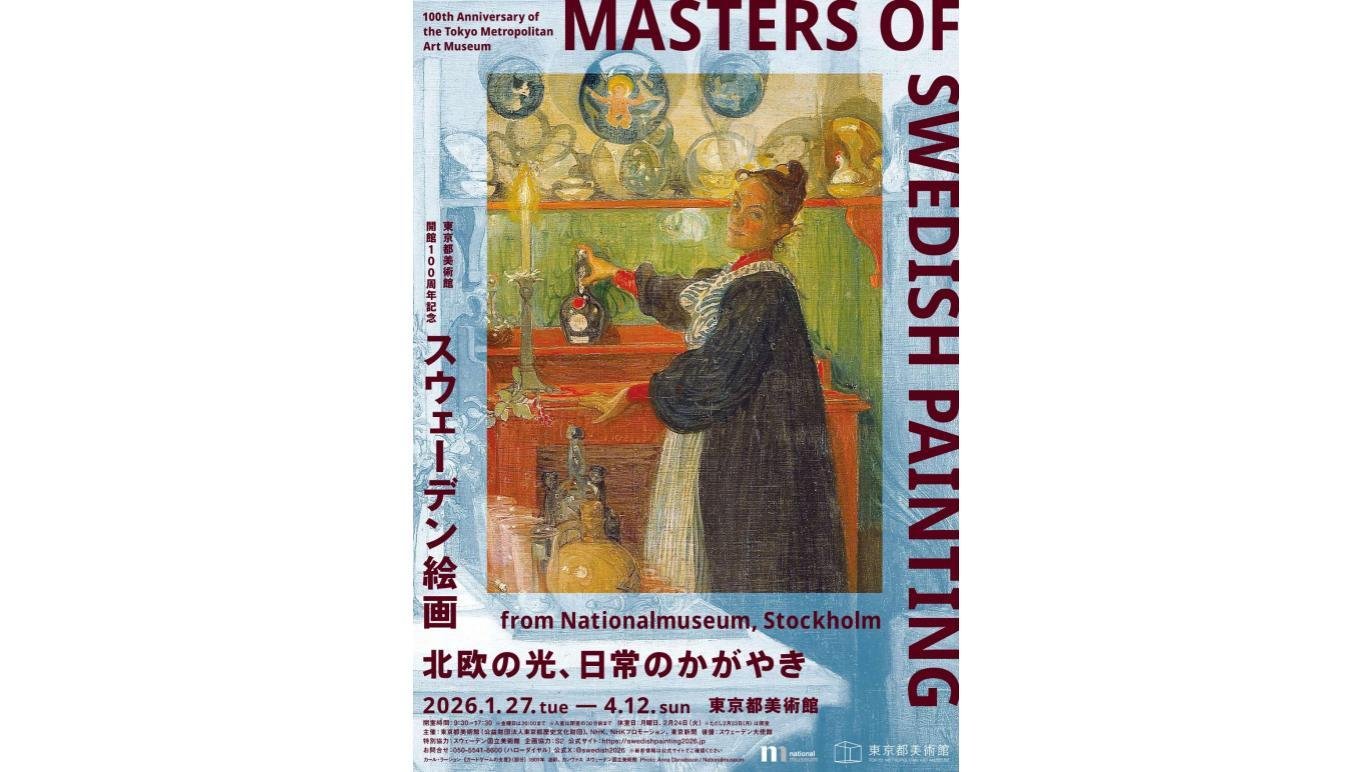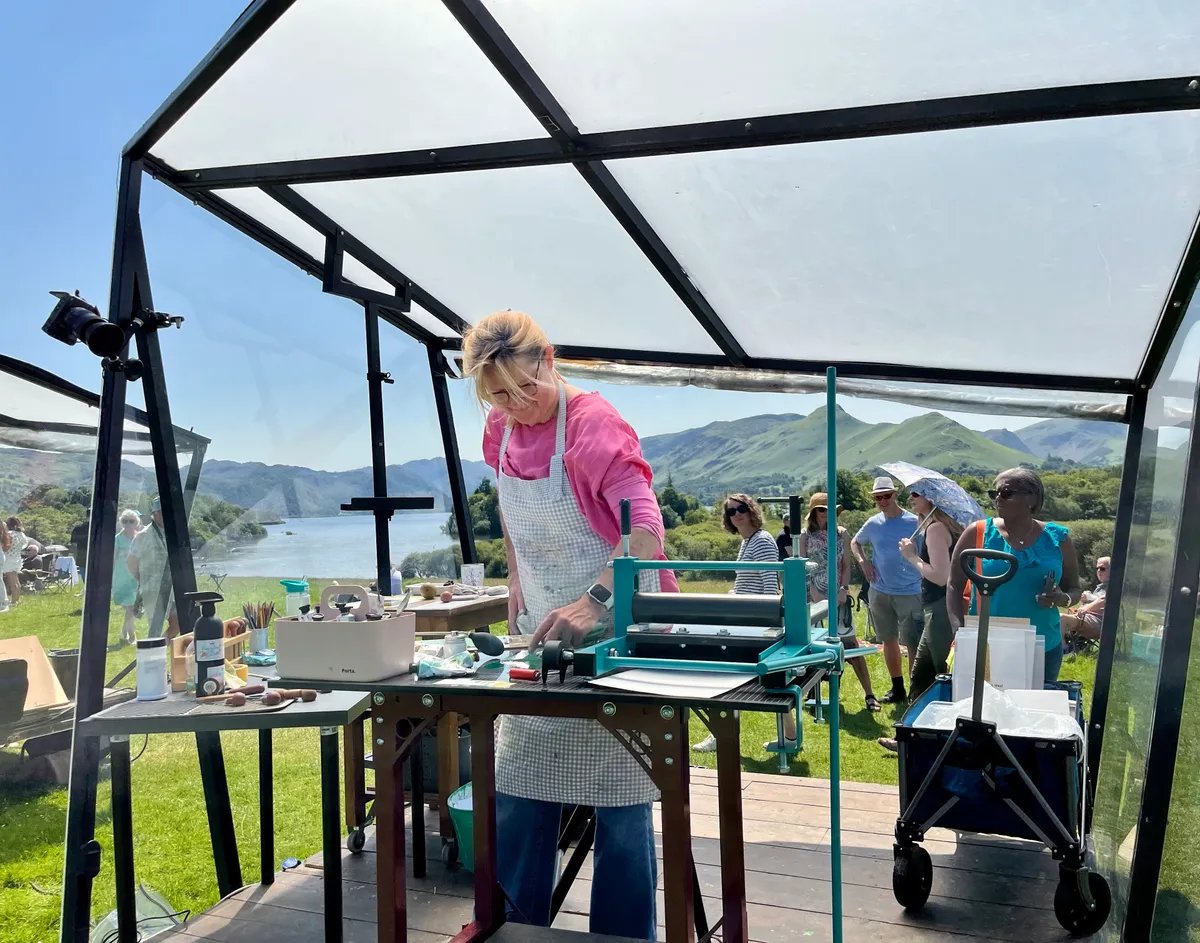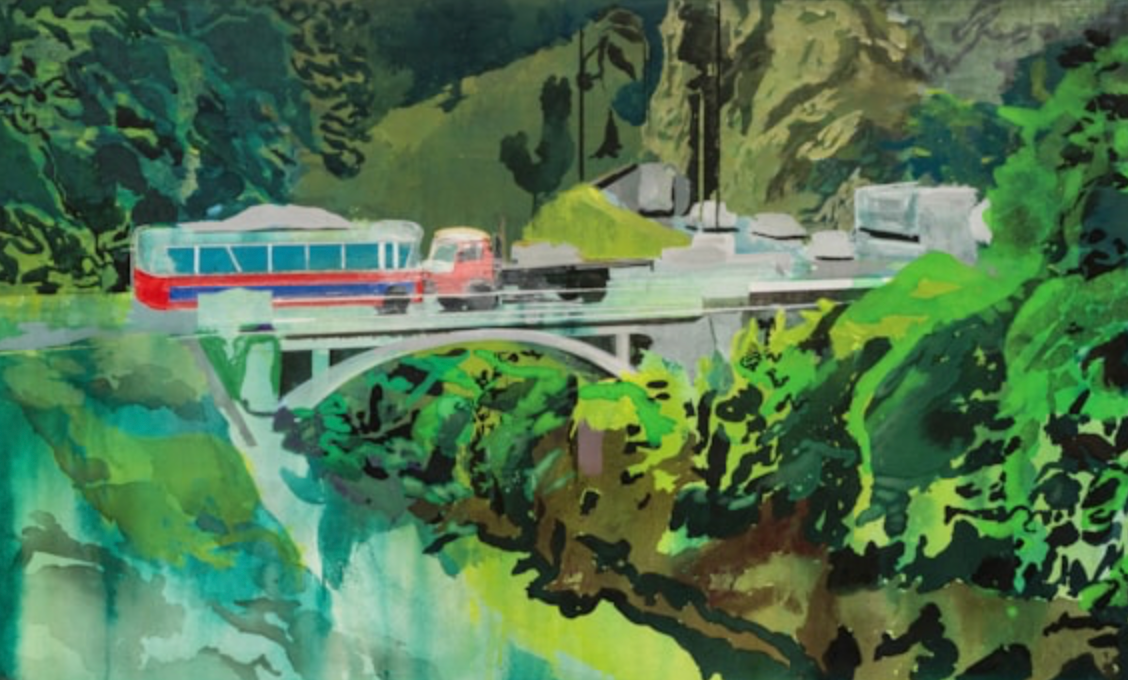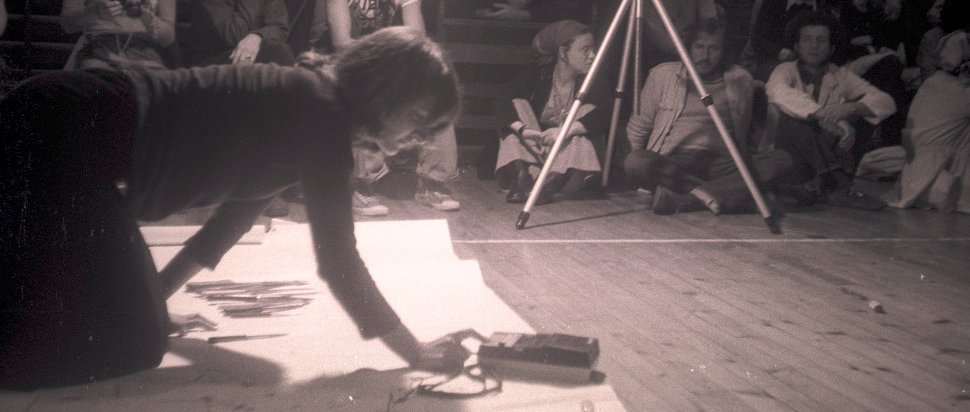“My whole body moves when I’m passing a pot. The clay in my body, in my being, responds to the clay outside.”
Dear Sheherzade Alam,
Well, this is intense. Your statement gave me goosebumps and I am torn between thinking of you as a sufi or an artist. Clay becomes more than just a matter in the hands of some and you were one of those magicians. Giving shape to artistic ideas and expressing your feelings and emotions through an ordinary material like clay is essentially a feat. While following the trends of modern art, representational and abstract forms would have been an easy choice for sculpting in clay, you opted for a more conventional form of pottery. Humans have been crafting pots, vessels, jars and containers of different sizes and shapes since ancient times. They also decorated them with patterns and symbols which sparked our interest in learning firing and glazing techniques. Thus, these pottery pieces, fragile and vulnerable in nature, help trace the development of human civilisation. When an artist’s passion and imagination touch clay, it becomes a powerful, lasting testament to human existence in its physical, intellectual, psychological and social manifestations.
Many thinkers and poets, aware of clay’s significance and versatility, used it to convey critical and sensitive messages. Shakespeare rhymed ‘clay’ with ‘decay’ to explore themes of aging and mortality. He suggested that love should not outlive death. Jack Clemo – The Clay Pheonix – compensated for his sensory limitations with clay’s tactile qualities. Deaf and blind for most of his adult life, he seems to be experiencing the world through clay objects. Keats wrote an Ode to the Grecian Urn to convince his readers that art is eternal while life is fleeting. Our very own NM Rashid romanticised the potter’s creative process in Hassan Kozagar. The metaphor of potter with all the paraphernalia of clay, pottery and potter’s wheel allows him to approach the complex questions of love, desire, fulfillment, time, art and creation and ‘built auras’ in a simple, organic way. Dave the Potter of Pottersville, inscribed poetry on clay pots. On one large vessel, he goes I wonder where is all my relations – Friendship to all and every nation. Given the restrictions on thought and expression in South Carolina, where the 1740 Negro Act prohibited teaching enslaved Africans to read and write, this message becomes a call to rebellion. Sheherzade, you also used the medium to register your protest against the prevailing human rights situation in the post-Zia era. As you said you did not believe in remonstration and never joined the rest of the WAF members protesting on roads, your pottery pieces became your voice. Your pottery embodied your zest for life and your belief in humanity, your spirit of adventure and exploration. I fondly recall a conversation where you explained how to achieve a deep ox-blood red glaze using copper oxide. You spoke with expertise, detailing the chemistry behind controlling time and reduction to create carbon, which would then re-oxidise on the pot’s surface. Borrowing from Orhan Pamuk, I would say, you made your audience feel that Red.
Rarely does one meet someone as full of life as you. Like all who come to this world, you experienced love and joy while you encountered grief and sickness too. Yet, your energy never waned. Your joyful spirit and optimistic outlook inspired others to share your passion for clay, finding joy in touching mitti – pinching, patting, coiling or throwing it on the wheel. I am drawn to the idea that we are all “sounding [dried] clay moulded from black mud” and that “God breathed His spirit into that mould [Adam]”. Perhaps, it is this faith that makes the believer strong and resilient otherwise life is momentary. It is perishable like your pots. You often said that clay teaches us valuable lessons. A small mound of clay on the potter’s wheel teaches us to take the blows with joy with a belief that it shall come out in a purposeful form and a pleasing shape. As you said, we need to be attentive else the clay shall abandon us.
Much regards,
Bano
October, 24






